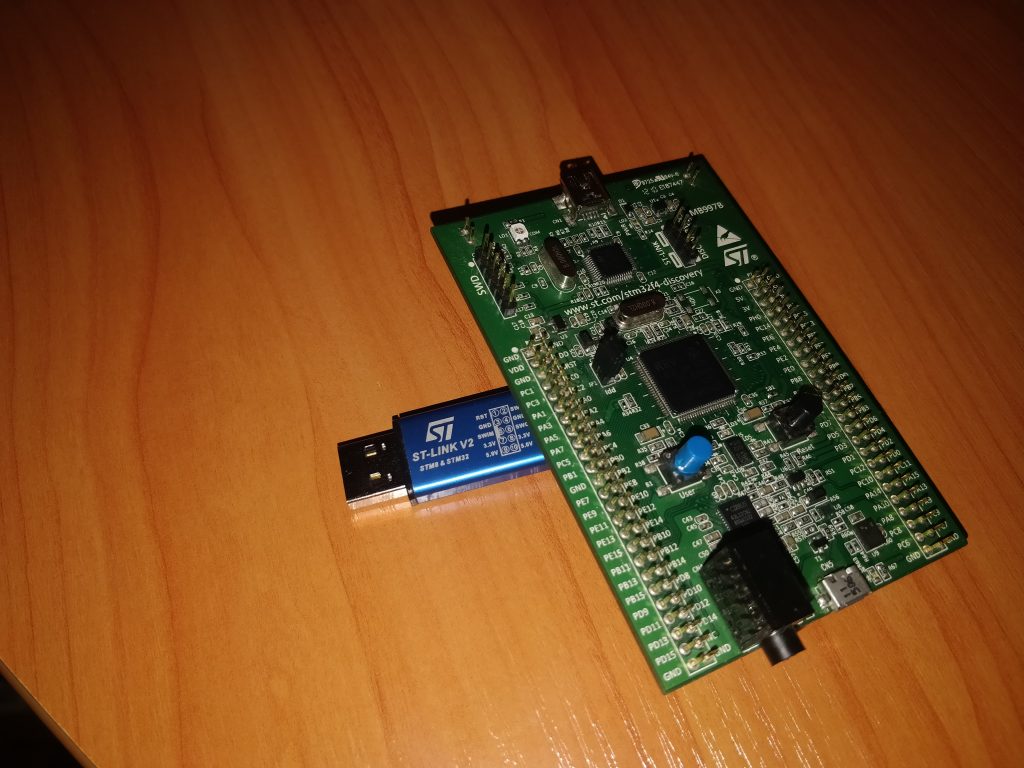I decided to describe in detail a proper replacement for Xiaomi Aqara Zigbee Gateway. CC2531-based and CC2538-based to be precise and gather all the relevant stuff about flashing and preparing those in one place.
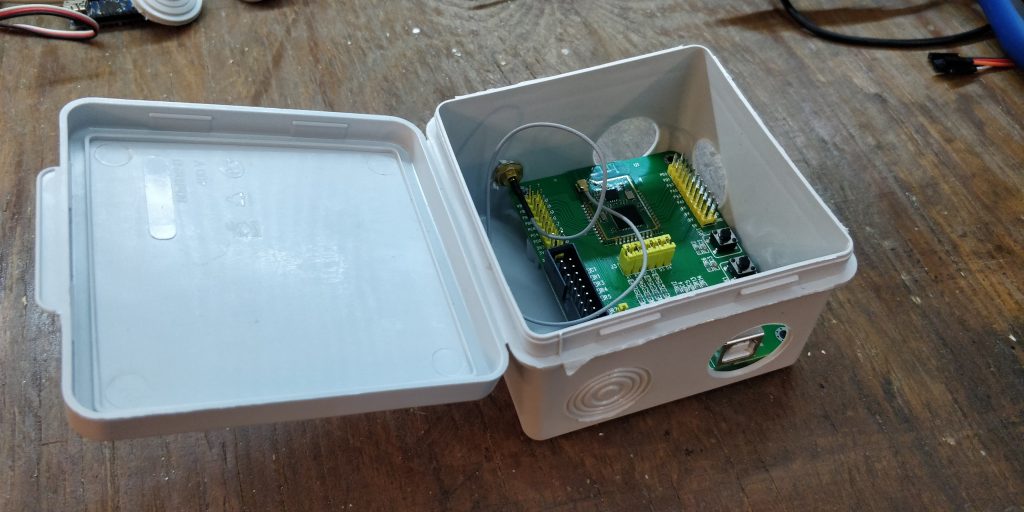
I decided to describe in detail a proper replacement for Xiaomi Aqara Zigbee Gateway. CC2531-based and CC2538-based to be precise and gather all the relevant stuff about flashing and preparing those in one place.

I have to admit, it took me a while to figure out what the heck was going on and finally write this post. To make the story short, I didn’t have a chance for a clean experiment and got ‘something flu-like’ a week or so after vaccination along with my family. No COVID according to the PCR testing, so I got on my feet quickly, got the second doze of the vaccine. Blood tests showed COVID antibodies for me, but not for my family. Yeah, and I got a nice and shiny certificate for that.
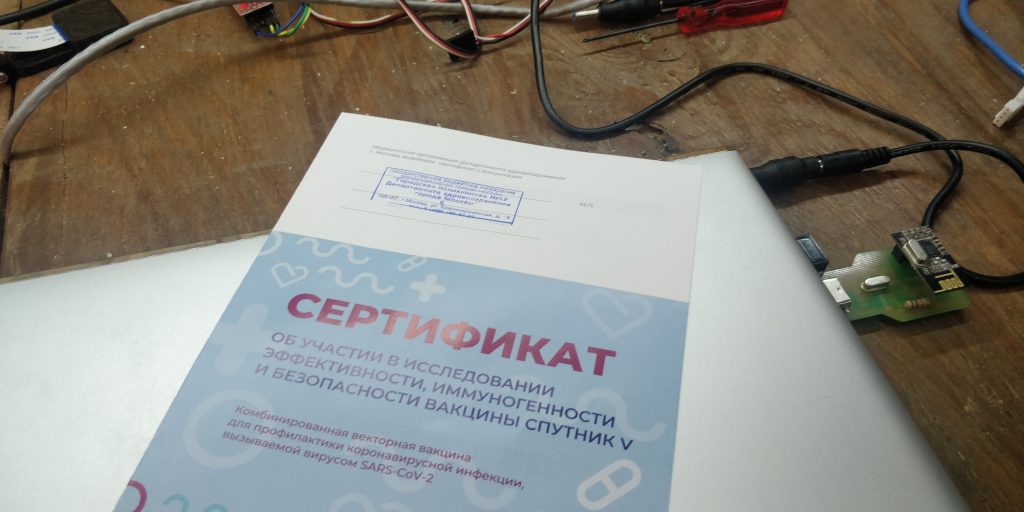
I’m going on with my detailed with my vaccination experience with Sputnik V / Gam-COVID-VAC vaccine (or placebo, in case I’m not as lucky).
For those who haven’t seen the previous post, here it is: WAAAGH-cinating with Sputnik V vaccine
Continue reading “WAAGH-cination: First week roundup”This post (or, perhaps, a few), would be totally different from the stuff I usually write on my blog. I usually post cool stuff I make, tips’n’tricks, tech hacks and other useful stuff, but this time it’s something totally different.
This time I decided to be like an ork from Warhammer and sign up as a volunteer to the death squad test out the new COVID-19 vaccine. And document my experience in the blog. Why? Becuz WAAAGH!
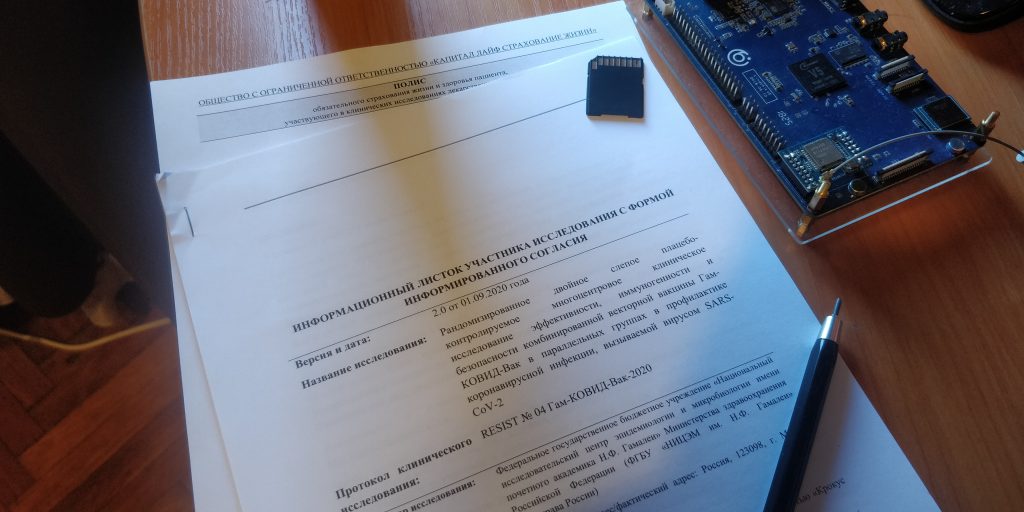
Frequent calls from telemarketers, spam and espionage – these are the main reasons I try to use the loyalty cards and other stuff, and if I have to – tend to have a long chat about how much I do NOT want to receive any calls/messages or ‘super special deals’. However, it doesn’t stop many telephone spammers. I have to admit, I understand how miserable wok in such a call center might be, when nine out of ten people you call tend to explode and shout on you. However, there’s always a chance the call would be so inconvenient, that it will make you go nuts.
Anyways, I decided to deal with those folks using some of my dark tech magic. If successful, the plan would not only ward off any spam, but also give me an everlasting supply of pure fun. I made an IVR for all the incoming calls and put it on a dedicated number I now began to willingly share. If you want to learn the details of setting up your very own Asterisk/FreePBX server that will handle GSM calls for you with some advanced features, this post has all the details.
Continue reading “Getting rid of telemarketing, Pt. 1”Creating metal objects is rather simple if you already have a cheap FDM 3d-printer. Just print it in PLA, put into gypsum, dry it, burn out the plastic, pour in the metal… PROFIT. Looks simple, right? Well, I decided to give it a try and here’s the very first sloppy result. More details about the experiment below.
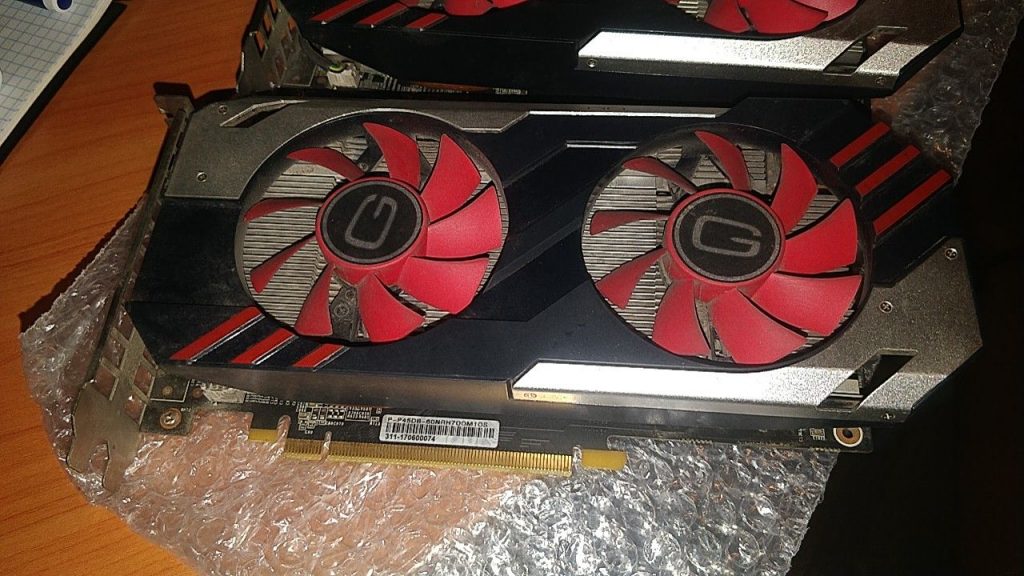
This post contains a small guide on how to play games and run other graphics payloads using a dirt-cheap NVIDIA P106-100 (Which is a mining-only version of NVIDIA GTX1060 that you can get for less than 100$) in Linux in (optionally) virtualized environment, making it a nearly perfect solution for a headless gaming server. Yep, simple (or not) as that.
Continue reading “Linux gaming with P106-100”Yet another post about smart home. This time I’ll be integrating Nice Flor-S gate remote control with HomeAssistant, using EspHome, RTL-SDR, and a relay board from Aliexpress.
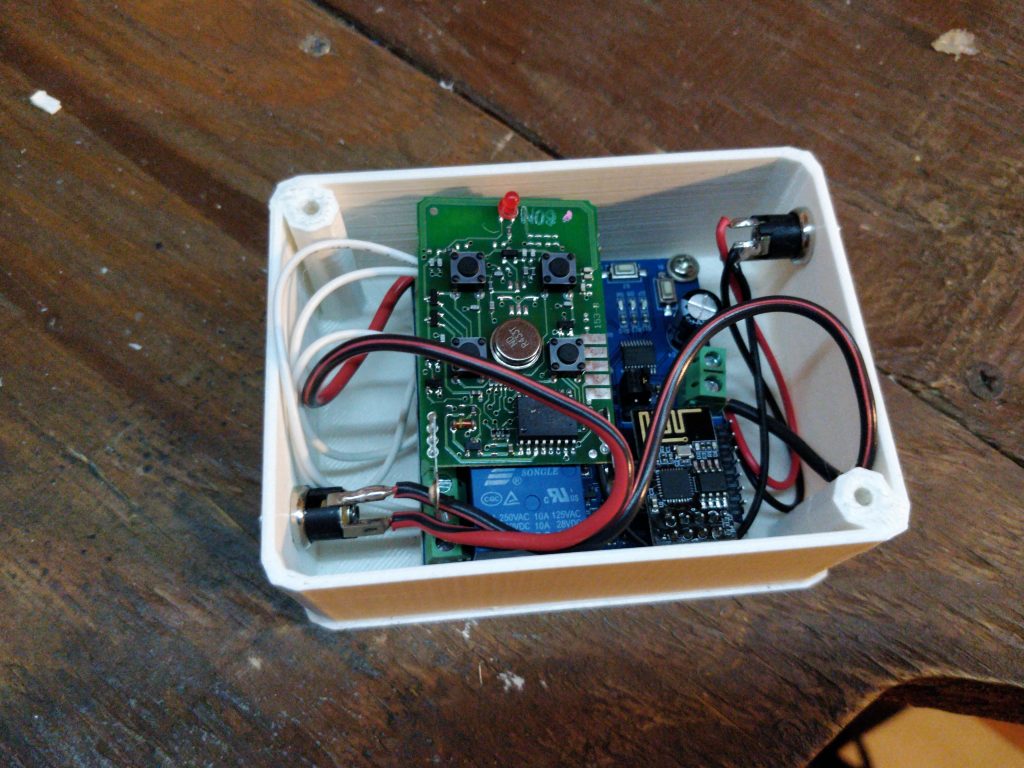
Here’s another one of my notes about DIY smart home solutions. This time I decided to find a better replacement for Aqara temperature/humidity sensors using a devboard with a esp8266+stm8 (esp-14s module) and a homebrew esphome-based firmware. With aqara’s stock sensors I didn’t like their crappy precision and no way to change the sensor polling time. So, why not get almost all of those wishes fulfilled with a ready-made esp8266 module? Besides, nearly no price difference. Well, that’s what this post is about.
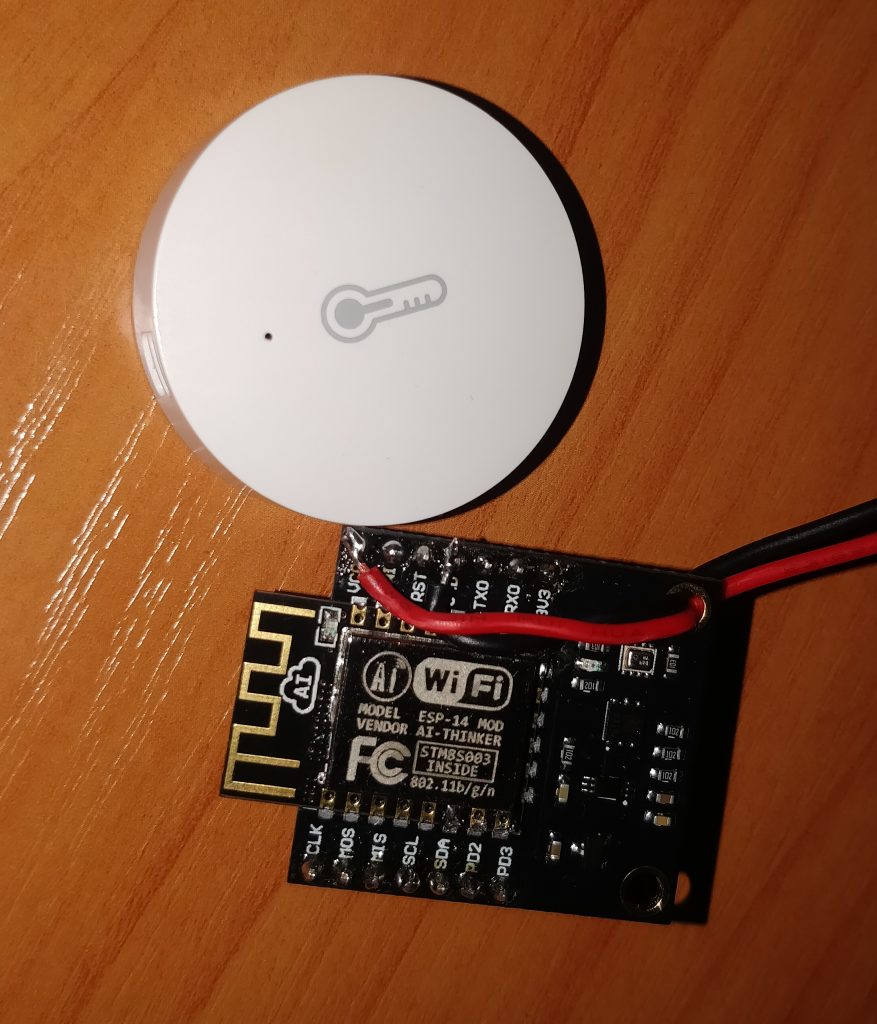
At the first glance, it’s a very easy task. However it has a number of less obvious pitfalls when you’re working with microcontrollers via some kind of gdb stub or openocd and the memory you’re actually uploading your .bin file is the flash memory of an MCU (e.g. stm32). I decided to gather the common pitfalls in a single blog post.
